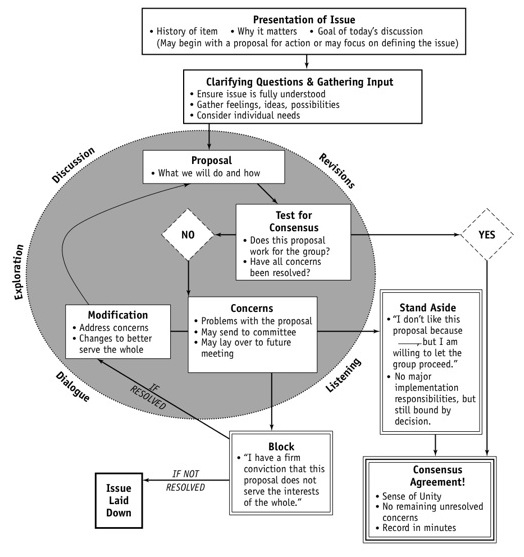
If you do not have the Parallel Computing Toolbox™, the following PARFOR loop executes sequentially without any further modification. For information about setting up and selecting parallel configurations, see "Programming with User Configurations" in the Parallel Computing Toolbox™ documentation. Under the maximum-parsimony criterion, the optimal tree will minimize the amount of homoplasy (i.e. This example assumes that you have already started a MATLAB® pool with additional parallel resources. In phylogenetics, maximum parsimony is an optimality criterion under which the phylogenetic tree that minimizes the total number of character-state changes (or minimizes the cost of differentially weighted character-state changes). 1 2 Aligned sequences of nucleotide or amino acid residues are typically. Distributing these calculations over several machines/cores decreases the computation time. In bioinformatics, a sequence alignment is a way of arranging the sequences of DNA, RNA, or protein to identify regions of similarity that may be a consequence of functional, structural, or evolutionary relationships between the sequences. Reorder_index = randsample(seq_len,seq_len,true) įor i = num_seqs:-1:1 %reverse order to preallocate memoryīootseq(i).Sequence = strrep(primates(i).Sequence(reorder_index), '-', '') Įnd Computing the Distances Between Bootstraps and Phylogenetic Reconstructionĭetermining the distances between DNA sequences for a large data set and building the phylogenetic trees can be time-consuming. Gene trees carry important information about specific evolutionary patterns which characterize the evolution of the corresponding gene families. You can use the phytreeviewer function to visualize and explore the tree.

More specifically, the seqpdist function computes the pairwise distances among the considered sequences and then the function seqlinkage builds the tree and returns the data in a phytree object. From a practical perspective, phylogenetic analysis is broken up into methods related to tree building and tree visualization. A phylogenetic tree is constructed by using the UPGMA method with pairwise distances. Replace the two sequences with the consensus Find the two next-most closely related sequences (one of these could be a previously determined consensus sequence). This example uses 12 pre-aligned sequences isolated from different hominidae species and stored in a FASTA-formatted file.

Loading Sequence Data and Building the Original Tree A cluster of computers can shorten the time needed for this analysis by distributing the work to several machines and recombining the data. The more times the data are sampled the better the analysis. This process can be very time consuming because of the large number of samples that have to be taken in order to have an accurate confidence estimate. Bootstrap, jackknife, and permutation tests are common tests used in phylogenetics to estimate the significance of the branches of a tree.


 0 kommentar(er)
0 kommentar(er)
